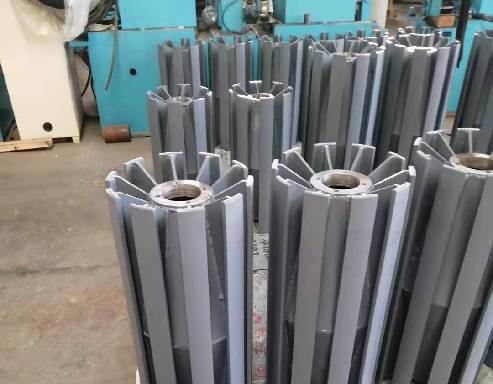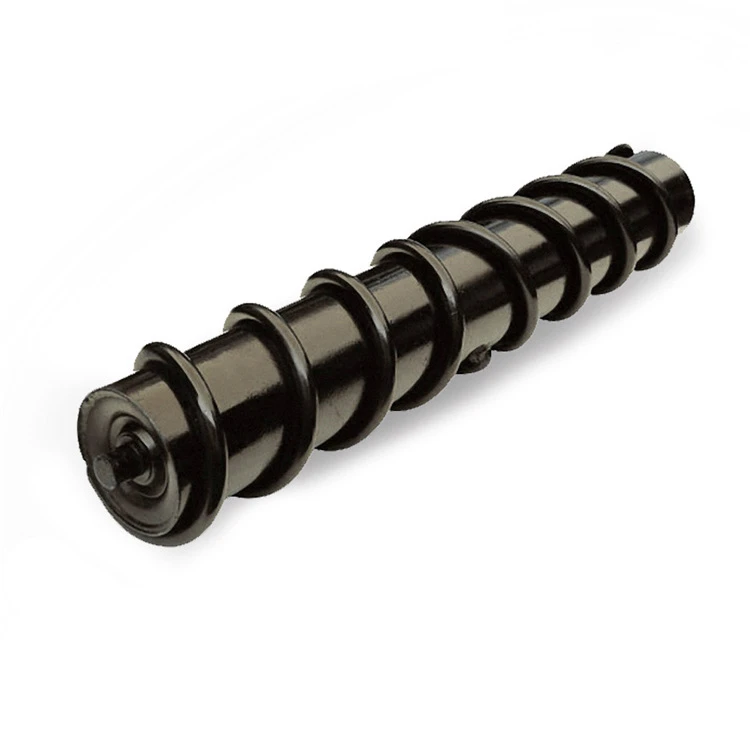 Afrikaans
Afrikaans  Albanian
Albanian  Amharic
Amharic  Arabic
Arabic  Armenian
Armenian  Azerbaijani
Azerbaijani  Basque
Basque  Belarusian
Belarusian  Bengali
Bengali  Bosnian
Bosnian  Bulgarian
Bulgarian  Catalan
Catalan  Cebuano
Cebuano  Corsican
Corsican  Croatian
Croatian  Czech
Czech  Danish
Danish  Dutch
Dutch  English
English  Esperanto
Esperanto  Estonian
Estonian  Finnish
Finnish  French
French  Frisian
Frisian  Galician
Galician  Georgian
Georgian  German
German  Greek
Greek  Gujarati
Gujarati  Haitian Creole
Haitian Creole  hausa
hausa  hawaiian
hawaiian  Hebrew
Hebrew  Hindi
Hindi  Miao
Miao  Hungarian
Hungarian  Icelandic
Icelandic  igbo
igbo  Indonesian
Indonesian  irish
irish  Italian
Italian  Japanese
Japanese  Javanese
Javanese  Kannada
Kannada  kazakh
kazakh  Khmer
Khmer  Rwandese
Rwandese  Korean
Korean  Kurdish
Kurdish  Kyrgyz
Kyrgyz  Lao
Lao  Latin
Latin  Latvian
Latvian  Lithuanian
Lithuanian  Luxembourgish
Luxembourgish  Macedonian
Macedonian  Malgashi
Malgashi  Malay
Malay  Malayalam
Malayalam  Maltese
Maltese  Maori
Maori  Marathi
Marathi  Mongolian
Mongolian  Myanmar
Myanmar  Nepali
Nepali  Norwegian
Norwegian  Norwegian
Norwegian  Occitan
Occitan  Pashto
Pashto  Persian
Persian  Polish
Polish  Portuguese
Portuguese  Punjabi
Punjabi  Romanian
Romanian  Russian
Russian  Samoan
Samoan  Scottish Gaelic
Scottish Gaelic  Serbian
Serbian  Sesotho
Sesotho  Shona
Shona  Sindhi
Sindhi  Sinhala
Sinhala  Slovak
Slovak  Slovenian
Slovenian  Somali
Somali  Spanish
Spanish  Sundanese
Sundanese  Swahili
Swahili  Swedish
Swedish  Tagalog
Tagalog  Tajik
Tajik  Tamil
Tamil  Tatar
Tatar  Telugu
Telugu  Thai
Thai  Turkish
Turkish  Turkmen
Turkmen  Ukrainian
Ukrainian  Urdu
Urdu  Uighur
Uighur  Uzbek
Uzbek  Vietnamese
Vietnamese  Welsh
Welsh  Bantu
Bantu  Yiddish
Yiddish  Yoruba
Yoruba  Zulu
Zulu Jan . 29, 2025 01:26
Back to list
components of a conveyor system
Understanding the various components of a conveyor system is integral to optimizing its functionality and efficiency in industrial settings. The design and integration of these components require a blend of technical expertise, industry experience, and a keen understanding of material handling complexities.
Motors are the powerhouse of conveyor systems, providing the energy needed to move the belt. Selecting the appropriate motor involves understanding the operational dynamics such as speed requirements, load weights, and power consumption. By matching motor specifications to system needs, facility managers can significantly enhance energy efficiency and reduce operational costs. A sophisticated understanding of control systems further enhances a conveyor system’s efficiency. Modern conveyors often utilize automated controls and sensors that monitor and adjust system operations in real time. This not only minimizes human intervention but also increases safety, significantly reducing the risk of accidents and ensuring compliance with safety regulations. Customization and integration play a vital role in contemporary conveyor system design. Tailoring systems to fit specific industrial processes helps in maximizing productivity. Experience shows that a well-integrated system can lead to substantial improvements in throughput and material handling accuracy. Moreover, maintaining these systems requires a sound understanding of each component’s functionality and maintenance needs. Regular inspections and timely repairs are indispensable to prolonging the lifespan of the components and ensuring uninterrupted operation. Trustworthy maintenance protocols and reliable supplier relationships are invaluable assets in this regard. In conclusion, the components of a conveyor system are intricate and multifaceted, necessitating a comprehensive understanding of their individual and collective roles. A commitment to ongoing learning and adaptation, backed by technical expertise and industry experience, equips professionals to enhance system performance and efficiency. This strategic approach not only positions a business at the forefront of material handling innovation but also fosters a trustworthy partnership with stakeholders across the industrial spectrum.


Motors are the powerhouse of conveyor systems, providing the energy needed to move the belt. Selecting the appropriate motor involves understanding the operational dynamics such as speed requirements, load weights, and power consumption. By matching motor specifications to system needs, facility managers can significantly enhance energy efficiency and reduce operational costs. A sophisticated understanding of control systems further enhances a conveyor system’s efficiency. Modern conveyors often utilize automated controls and sensors that monitor and adjust system operations in real time. This not only minimizes human intervention but also increases safety, significantly reducing the risk of accidents and ensuring compliance with safety regulations. Customization and integration play a vital role in contemporary conveyor system design. Tailoring systems to fit specific industrial processes helps in maximizing productivity. Experience shows that a well-integrated system can lead to substantial improvements in throughput and material handling accuracy. Moreover, maintaining these systems requires a sound understanding of each component’s functionality and maintenance needs. Regular inspections and timely repairs are indispensable to prolonging the lifespan of the components and ensuring uninterrupted operation. Trustworthy maintenance protocols and reliable supplier relationships are invaluable assets in this regard. In conclusion, the components of a conveyor system are intricate and multifaceted, necessitating a comprehensive understanding of their individual and collective roles. A commitment to ongoing learning and adaptation, backed by technical expertise and industry experience, equips professionals to enhance system performance and efficiency. This strategic approach not only positions a business at the forefront of material handling innovation but also fosters a trustworthy partnership with stakeholders across the industrial spectrum.
Next:
Latest news
-
Revolutionizing Conveyor Reliability with Advanced Rubber Lagging PulleysNewsJul.22,2025
-
Powering Precision and Durability with Expert Manufacturers of Conveyor ComponentsNewsJul.22,2025
-
Optimizing Conveyor Systems with Advanced Conveyor AccessoriesNewsJul.22,2025
-
Maximize Conveyor Efficiency with Quality Conveyor Idler PulleysNewsJul.22,2025
-
Future-Proof Your Conveyor System with High-Performance Polyurethane RollerNewsJul.22,2025
-
Driving Efficiency Forward with Quality Idlers and RollersNewsJul.22,2025
OUR PRODUCTS





























